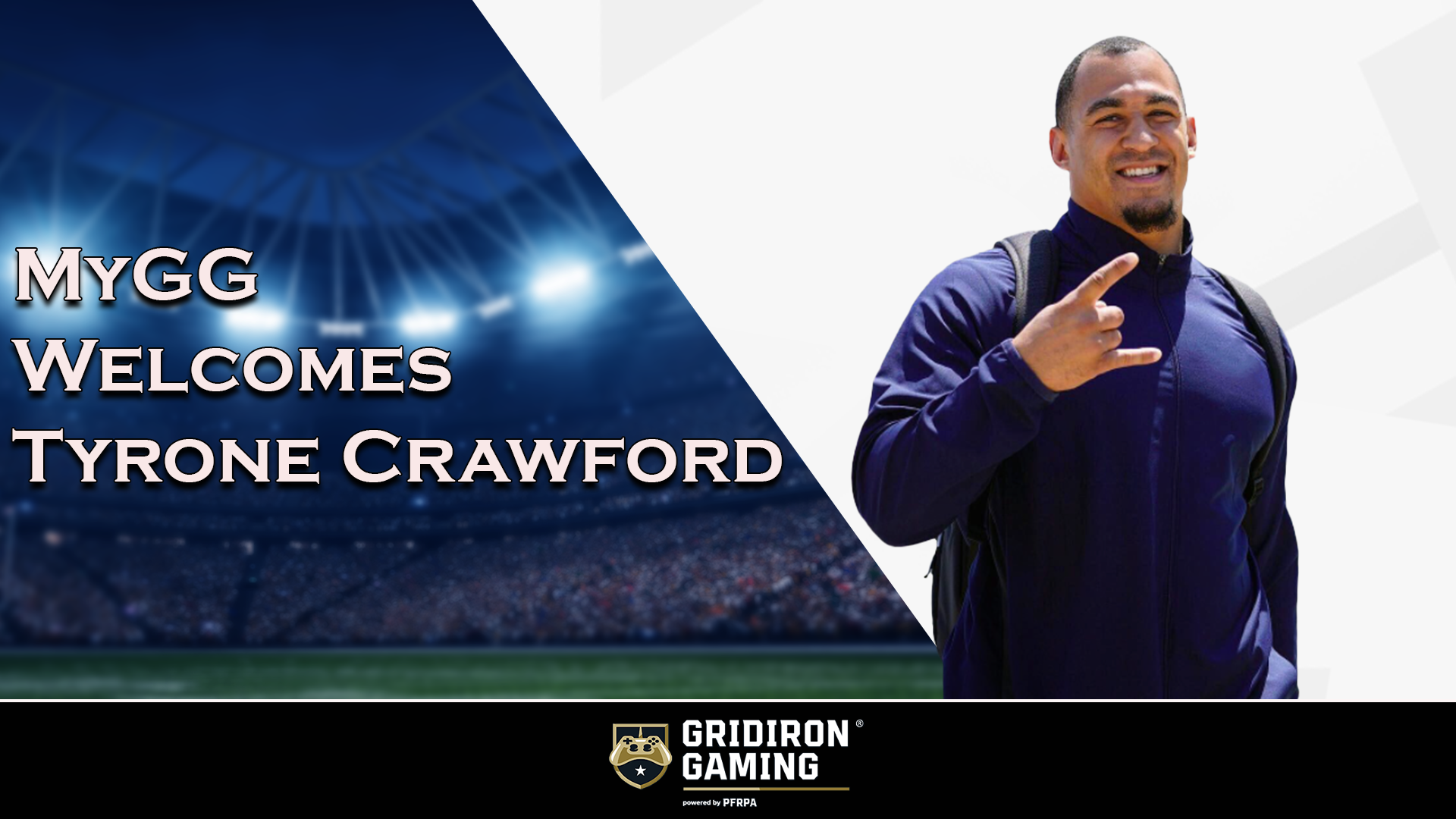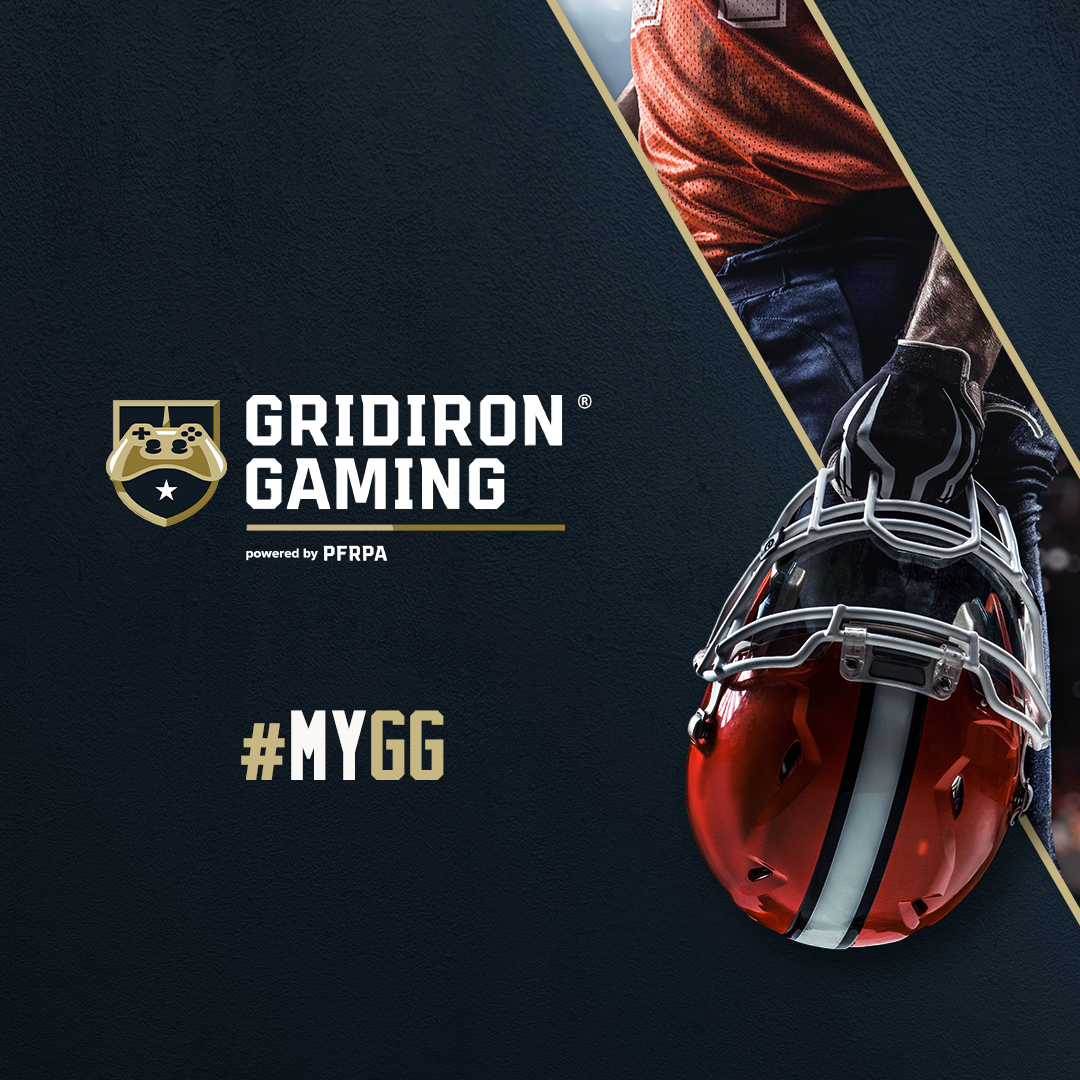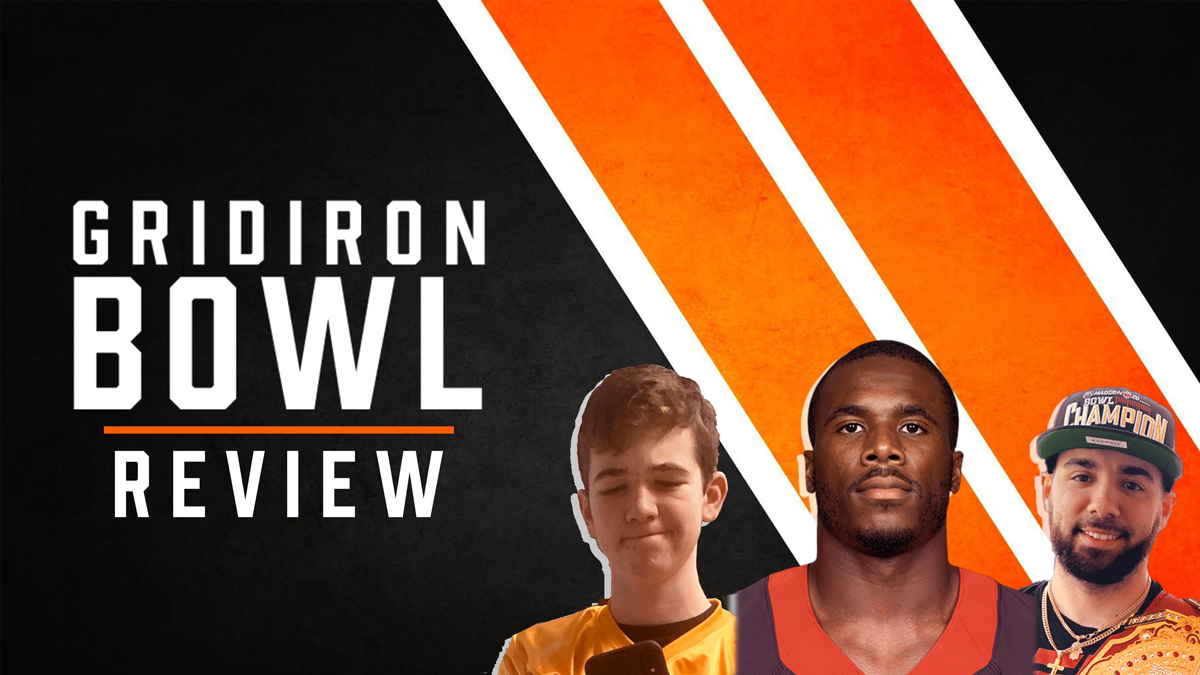Analysts Desk: Week 15, Gridiron Closing Recap
Smash Bowl MMXXI crowned Edgar “Sparg0” Valdez as its champion two weeks ago after the prodigy made a clean 5-0 sweep in the Grand Finals. The event’s unique format led to some interesting trends among the players and rulesets. Throughout the online invitational, there were 67 sets, 364 games and nine different rulesets, none of which were standard.
The thing that made this series so unique was the rulesets. There were a total of 16 different possible rulesets for players, some of them making a few changes to the competitive standard and some seemingly unrecognizable even to the casual player. The rulesets were selected differently in each of the three stages of the event. In Stage One, players in each group were put into a random order and banned stages through a snake draft until four remained. One of the remaining rulesets was then randomly selected for that group. In Stage Two, the four rulesets that weren’t used in Stage One and were banned the least were randomly distributed among the four groups.
The Final Stage had two different selection processes. In the first round, players who advanced through the winners’ bracket of their Stage Two groups each chose a ruleset to use. Then, their opponent, who advanced through the losers’ bracket of the previous stage, had the choice to veto that ruleset. They could veto up to three rulesets, after which the fourth selected ruleset would be used. In the following rounds, an additional standard ruleset was added to the pool, bringing the total to 17. Each player privately banned eight rulesets, and one ruleset was randomly selected from the remaining pool.
Of these rulesets, the most popular was “Squad Strike,” which had players select a roster of five characters. They could only use those characters once per set, so they had to switch after every game. The ruleset was only banned twice throughout all of Stage One and was picked for groups A3, A6 and A8, resulting in 15 sets. The ruleset was used again during round one of the Final Stage, bringing its total appearances to 16.
Of the 12 players who competed using this ruleset in Stage One, six changed their rosters between sets. It is also worth noting that Noah “Sharp” McCulley used a different roster in the Final Stage than in Stage One.
The second most popular ruleset was “Phone a Friend,” which was essentially just a standard doubles ruleset. It was used in two groups of Stage One and one set during the Final Stage, for a total of 11 sets. It was banned five times in Stage One, and it was never selected outside of its first round one appearance in the Final Stage. There was one point in the later rounds of the Final Stage in which it was in the pool of potential rulesets because neither player banned it, but it wasn’t selected.
The only other ruleset to have more than one use in Stage One was “Randoms,” which was only banned four times. It was vetoed once in the first round of the Final Stage and banned at least once in every later round. Because it was never used in the Final Stage, there were a total of 10 sets played using this ruleset.
By far, the least popular ruleset was “Up, Up, and Away,” which used a standard three-stock, seven-minute format with knockback set to 1.2x and several items enabled that offer more mobility. The ruleset was banned in every group of Stage One, never picked in round one of the Final Stage, and banned by at least one player in every following round. It was also one of only three rulesets to be banned by both players in the later rounds of the Final Stage.
Between the extremes of the most and least used were mostly the rulesets only used in one group of Stages One and Two. However, there is one that sets itself apart from the others. During the Final Stage, there were three separate sets of “Reverse Mains,” in which the players had to use the other’s signature character instead of their own. It was selected twice during round one of the Final Stage, taking up half of the round. It could have been used three times here, but it was vetoed by Eric “Pandarian” Lund, resulting in “Nearly Legal” being used instead. It was banned in all but one of the later rounds, in which it was randomly selected from the remaining rulesets for use, bringing its total appearances to three, all in the Final Stage.
Many of the rulesets used standard stage lists, or at least let players select their stages. Of all of the selected stages, the most popular was by far Pokémon Stadium 2. While the data may not be exact due to technical issues and player communication, we can confidently say that Pokémon Stadium 2 was selected more than 85 times. There were at least 12 sets that exclusively used this stage. It was also selected as a starter at least 23 times, and every set in Group A3 began on this stage. The stage had even more usage than Yoshi’s Story, which was played 42 times in a single Group due to the “Sami Singles” ruleset, in which it is the only legal stage and the sets can last up to nine games. If you include the few times it was selected randomly, nearly 25 percent of the 364 individual games of Smash Bowl were played on Pokémon Stadium 2.
The second most popular selected stage was Town & City, which was selected at least 22 times. The second most popular starter was Smashville, which, of the 14 times the stage was selected, six of them were for the first game of a set.
Now that our Smash Bowl MMXXI and Gridiron Clash tournaments have come to a close, we want to thank you for your support over the past four months! We invite you to stay tuned for future Gridiron Gaming events.





